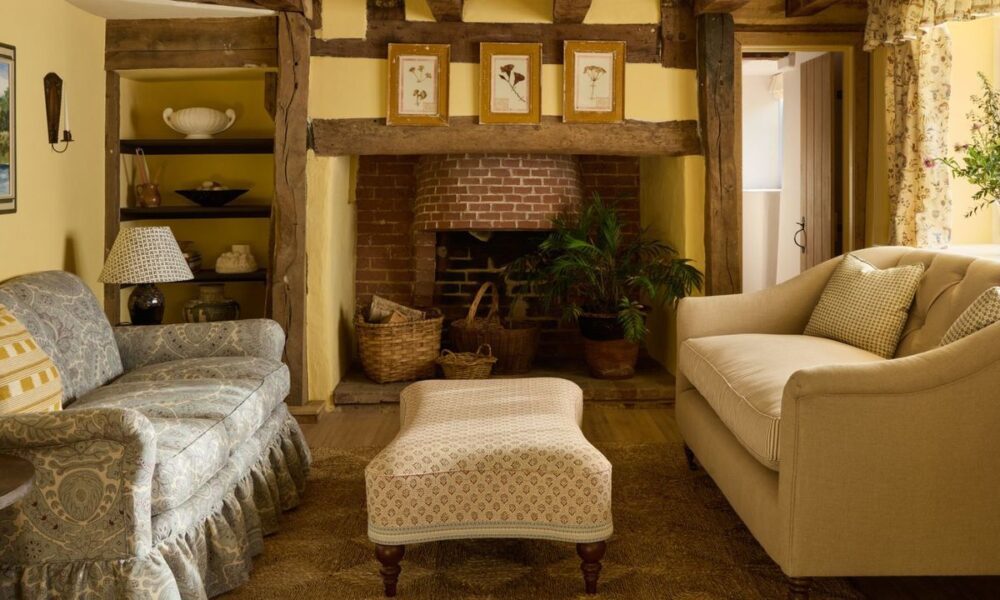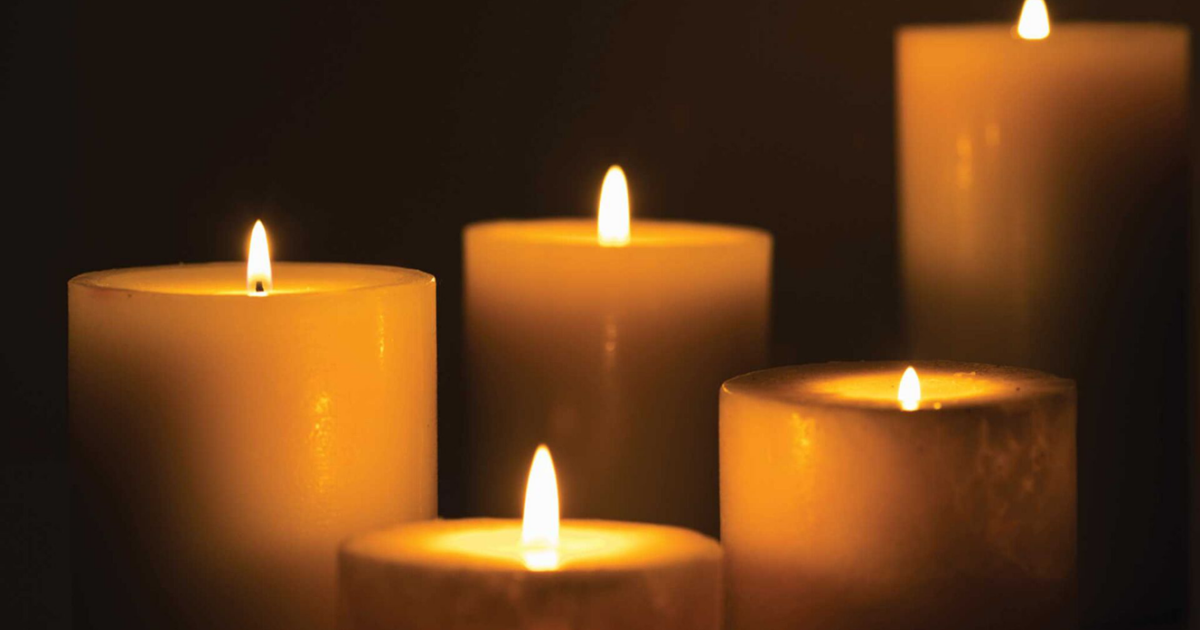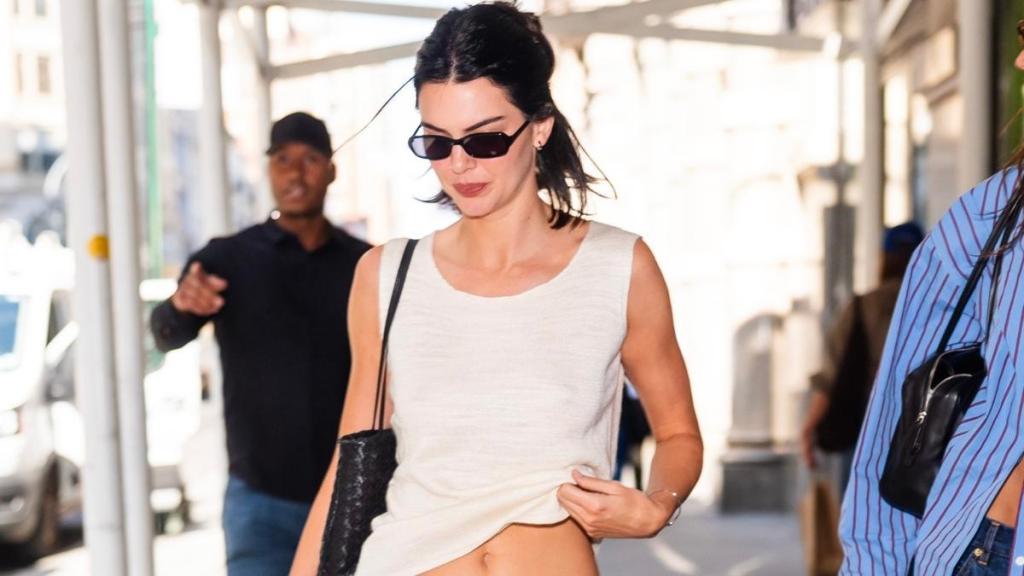Interior designers are increasingly experimenting with bold pattern combinations for fall, moving beyond traditional pairings to create unique, expressive spaces. Designers like Lauren Gilberthorpe highlight a growing confidence in mixing patterns, emphasizing a blend of contrast and character instead of strict coordination. This trend is transforming interiors, making them feel both sophisticated and spontaneous.
As Kailee Blalock from House of Hive Design Co. explains, layering patterns begins with a foundational design that encapsulates the room’s essence. By selecting an anchor pattern, designers can build a cohesive look using complementary colors and textures. “We often mix scales, like a large floral with a micro stripe, or combine different textures like linen and wool,” she notes.
This shift toward adventurous pattern mixing may seem daunting, but designers are demonstrating that it can be both enjoyable and accessible. Here are some of the most popular pairings currently favored by industry professionals.
Stripes and Florals
One of the standout combinations is the pairing of stripes and florals. Designers consistently cite this classic mix as a way to balance structure and softness. Michelle Murphy of DEMI RYAN expresses her enthusiasm for “bold, unexpected pattern combinations,” advocating for a large-scale floral alongside a geometric stripe. She suggests that when opposites are thoughtfully combined, they enhance each other’s appeal, often grounding one pattern in neutral tones while allowing the other to introduce vibrant colors.
Similarly, Franky Rousell from Jolie appreciates the interaction between organic and structured patterns. “A botanical print next to a geometric design brings a dynamic tension that breathes life into a room,” he affirms.
Subtler approaches can also be effective. Mindy Kelson O’Connor combines tight stripes with large-scale vintage floral patterns, utilizing warm tones to create continuity. On the other hand, Rachel Sloane suggests an innovative floral and polka dot combination, claiming that contrasting scales can produce a dramatic effect while adding a whimsical touch.
Plaids, Tartans, and Checks
Plaids, tartans, and checks have long been staples in interior design, yet they are experiencing a resurgence through modern pairings. Kailee Blalock shares her favorites, including preppy tartans with ticking stripes and houndstooth alongside herringbone. The key to making these structured prints feel fresh lies in effective color coordination.
Amy Lee McArdle from Amy Young Designs advises that patterns should “whisper, not shout,” suggesting combinations like subtle plaids with quiet stripes or tone-on-tone geometrics paired with solid textiles. By keeping a grounded color palette, one can introduce an accent that adds depth to the room.
Designers like Sophie Salata of Vinterior recommend embracing color and confidence when mixing patterns. “Moodboarding is essential to ensure harmony when everything comes together,” she emphasizes.
Geometrics and Stripes
The combination of geometric patterns with stripes is gaining popularity as designers push these elements into new territories. Lauren Gilberthorpe notes that checkerboard patterns paired with stripes create a confident, symmetrical appearance.
This playful mix can also include softer scales, as Ali Henrie suggests, with gingham and stripes appearing together in an inviting manner. For a more dynamic look, Lauren enjoys mixing squiggle designs with wider stripes to introduce visual tension and a modern edge.
Botanicals and Animal Prints
Botanical patterns remain a favorite for their refreshing and calming qualities. Designers find that pairing floral designs with animal prints adds an unexpected edge. Jeanne Barber of Camden Grace Interiors highlights the appeal of mixing country-inspired florals and plaids with animal motifs, creating a distinct contrast that feels contemporary.
Birdie Fortescue adds that geometric designs can harmonize with floral prints, allowing for both classic and adventurous applications. “Using a hierarchy among patterns is essential to maintaining balance,” she advises.
As the interior design landscape evolves, the emphasis on bold pattern combinations signals a move towards personalized, expressive spaces that reflect individual style. By embracing these new pairings, homeowners can transform their interiors into inspiring environments that capture the essence of modern design.







